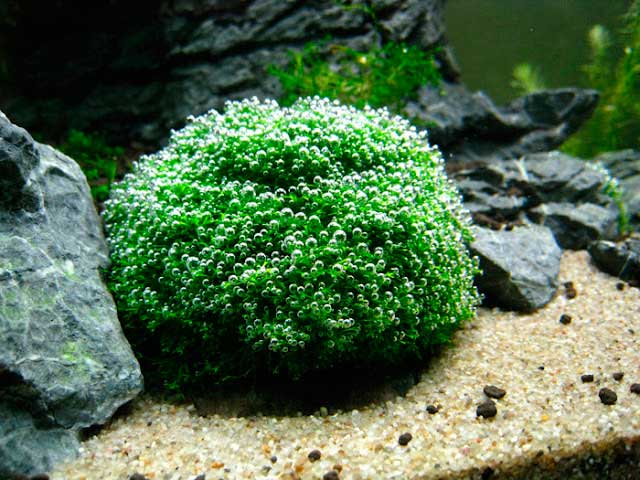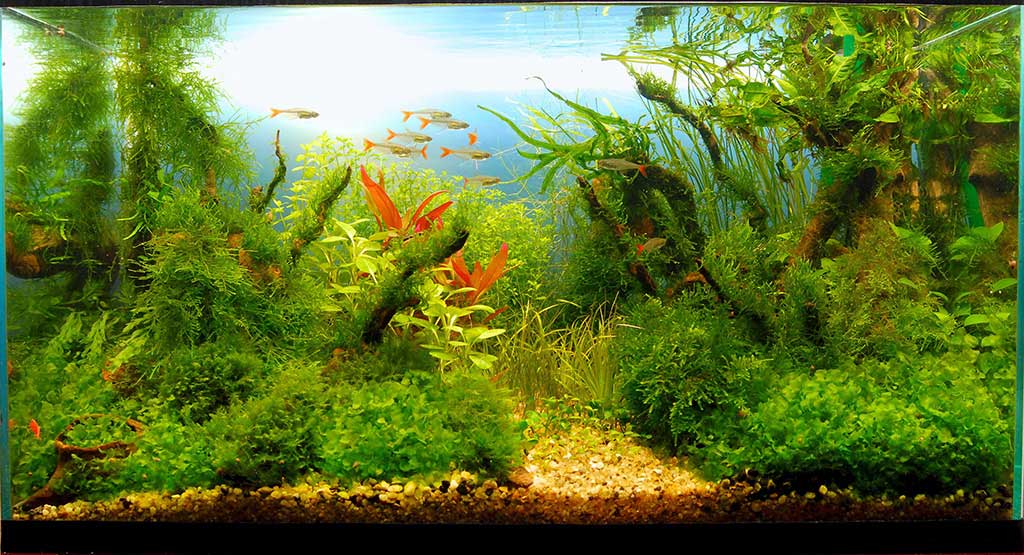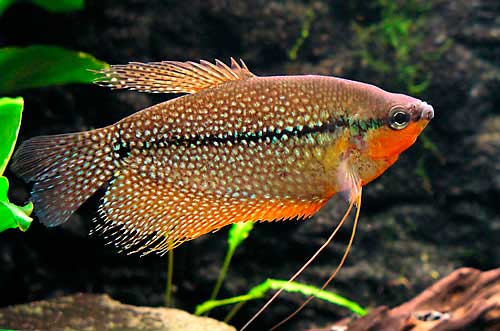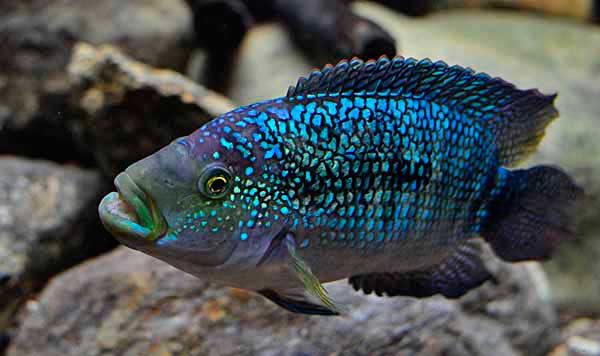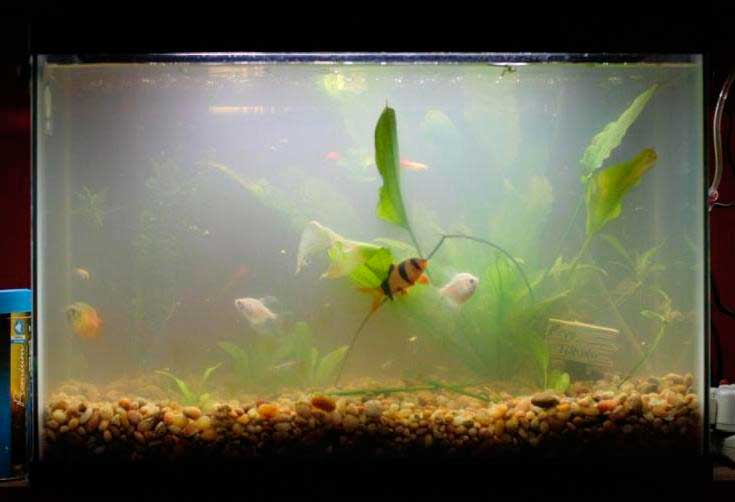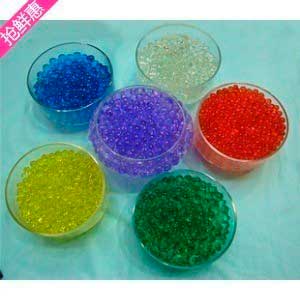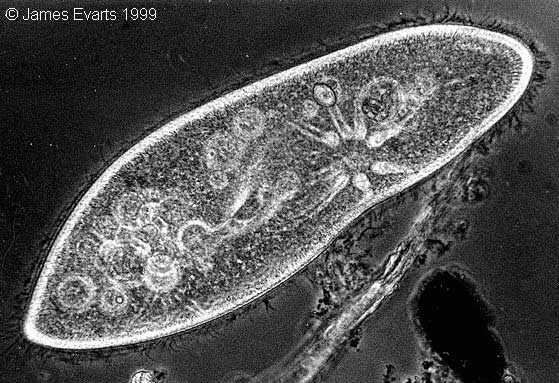Riccia in the aquarium is mainly represented by the species Riccia fluitans (Riccia floating) of the liverwort genus. This species has become widespread in aquarium culture due to its unpretentiousness. Other species of this genus are more demanding to the conditions of content and therefore not so popular among aquarists. Despite its unpretentiousness and seemingly unsightly appearance, richchia in the aquarium can help to realize many design ideas.
It can be kept not only on the water surface, but also in underwater culture with truly amazing results. In terrariums it can exist as a soil culture (on very wet soils). Also its role is difficult to overestimate when used as a shelter for fry liverworts and substrate for spawning for spawners. It also affects the cycle of substances in the aquarium, thereby improving the microclimate of the artificial reservoir.
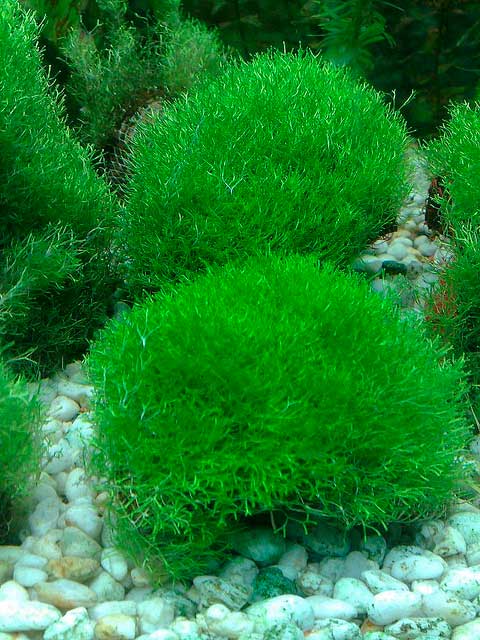
| kingdom | Plants |
| Division | Liver mosses (Marchantiophyta) |
| class | Liver mosses (Marchantiopsida) |
| order | Marchantiales (Marchantiales) |
| Family | Ricciaceae |
| genus | Riccia |
| species | Floating Riccia (Riccia fluitans) |
Habitat
The floating ritchia is practically ubiquitous. Its wide distribution in nature is not only due to its hardiness and unpretentiousness. Its spread is also promoted by the method of migration, to which it has adapted. Its plates stick to the feet of waterfowl. And when a bird flies from one water body to another, it carries these plates stuck to it on its feet. Once in a new water body with suitable conditions, the plant begins to grow very quickly, rapidly filling the entire water surface.
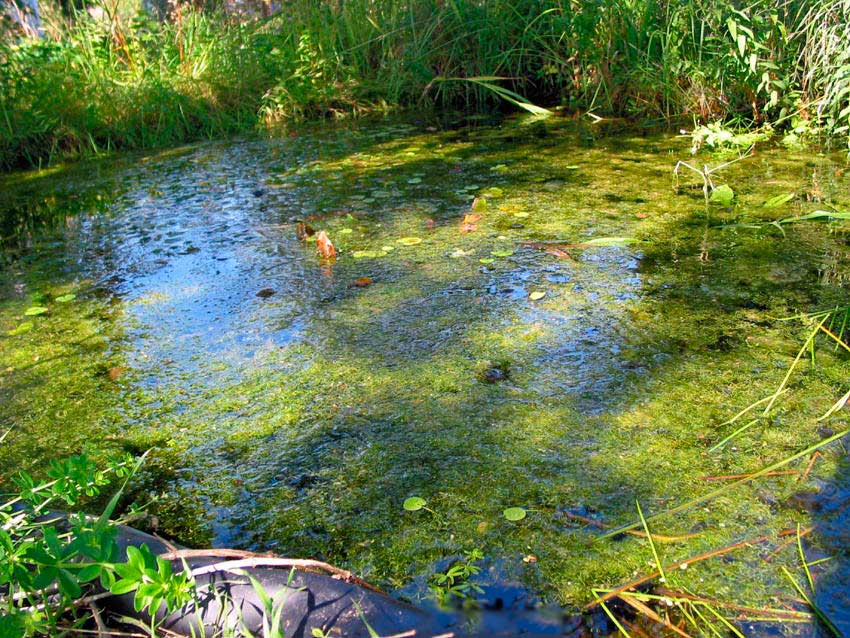
The smallest piece of green plate, a few millimeters in size, is enough to give life to a new thallus of this moss. Thus, traveling on the feet of waterfowl from lake to pond, from pond to pond, it quickly spreads over vast territories and thanks to this it is spread almost everywhere in freshwater bodies with standing or slowly flowing water and suitable chemical composition (dH, pH) and physical parameters (t).
Riccia floating Description
Swimming Riccia is a typical representative of mosses. The division of liver mosses, to which it belongs, has about 200 species. Riccia fluitans has neither stems nor leaves. The green mass is represented by small green branched plates, which intertwine with each other, and clinging to each other, form on the surface of the water green carpet several centimeters thick. These carpets, or scientifically known as rhizomes or thallus, can be strong enough to support the weight of small waterfowl.
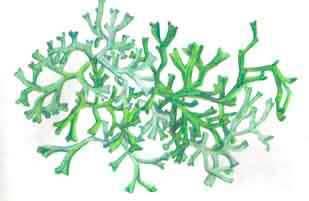
On the feet of birds, individual laminae are carried to neighboring bodies of water, thus traversing large areas of land. There are small cuticles on the underside of the green lamina, which can be seen in a microscope under low magnification. Cuticles take part in the gas exchange of the plant. Nutrients from water are absorbed by the entire surface of the green lamina.
The riccia plant usually has a light green color under favorable conditions. But it can take dark green, brown and even brownish-red color. This usually happens under unfavorable conditions and during periods of wilting of the rhizome. Although the species is distributed mainly in the tropics and subtropics and does not know what winter is, but had to adapt to seasonal rains, replaced by drought. Therefore, it is able to form spores, thanks to which it safely survives unfavorable environmental conditions.
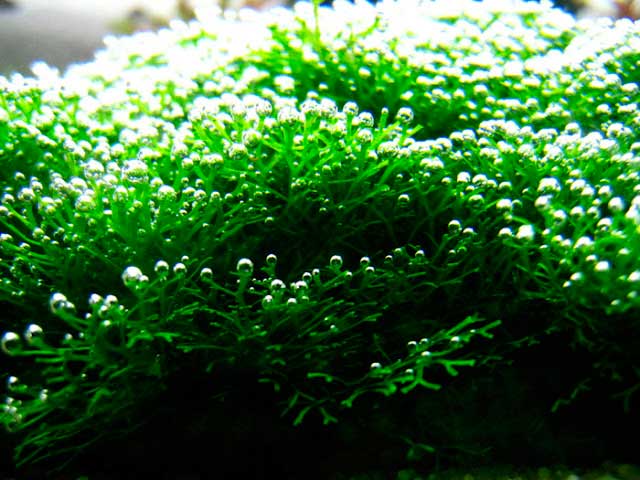
It is the formation of spores that is preceded by darkening and discoloration of the plates. But as soon as drought is replaced by heavy rains and dried up lakes, ponds and puddles are filled with water, the spores change back into vegetative form and the water surface is covered with an emerald carpet again.
Riccia maintenance in the aquarium
Riccia in the aquarium prefers conditions similar to those in the wild in its natural habitat. This representative of the green kingdom is not demanding to environmental conditions. It can withstand temperatures from 15 to 30°C. However, the optimal temperature lies within the range of 22 to 28 ° C. Prefers soft neutral water. pH = 7-8. dH = 5- 7 °. With an increase in total hardness above 8 degrees, growth slows down sharply. Once every two weeks, it is desirable to replace one-fifth of the water with fresh, tempered water.
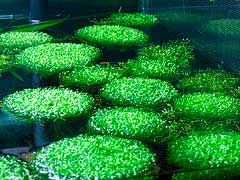
The lighting is bright overhead. It is desirable to use daylight lamps LB. Total power of 2w per square decimeter of water surface. Incandescent lamps should not be used because of the danger of localized overheating.
Высота расположения ламп
It is desirable to lower the water level so that there is a distance of about 10 centimeters between the lamps and the plant.
With this arrangement of lamps in the upper part of the aquarium creates very favorable conditions for growth – high humidity, heat and light. If the lamps are at a closer distance, they can burn the delicate plates and they will die. If the temperature drops below 20°C or rises above 30°C, the colony will begin to wither, first changing color to dirty brown, then shrink in size and disappear.
But the riccia plant did not die! It formed spores, and these spores after the restoration of favorable conditions will give life to new light green plates. Sometimes withering colony, and its complete disappearance with the formation of spores can be observed and under ideal environmental conditions in the aquarium. This is due to the adaptation of the plant to the seasonality of rainfall. Periods of wilting coincide with drought in the natural habitat of the species.
This ability is fixed at the genetic level. In the aquarium, it can be somewhat offset by ideal conditions. But as already mentioned, this can happen even under the best conditions. Genetics is difficult to deceive. In such a situation, it is important to remember that the plant is not dead. And after some time it will reappear in your aquarium, seemingly out of nowhere. In fact, it will germinate the spores it created.
Riccia propagation
Размножается риччия вегетативно и как уже говорилось достаточно совсем маленького кусочка зеленой пластинки, чтобы на поверхности воды образовалась новая колония. Таллом растет настолько быстро, что иногда желательно отбирать часть зеленой массы, не допуская образования толстого слоя.
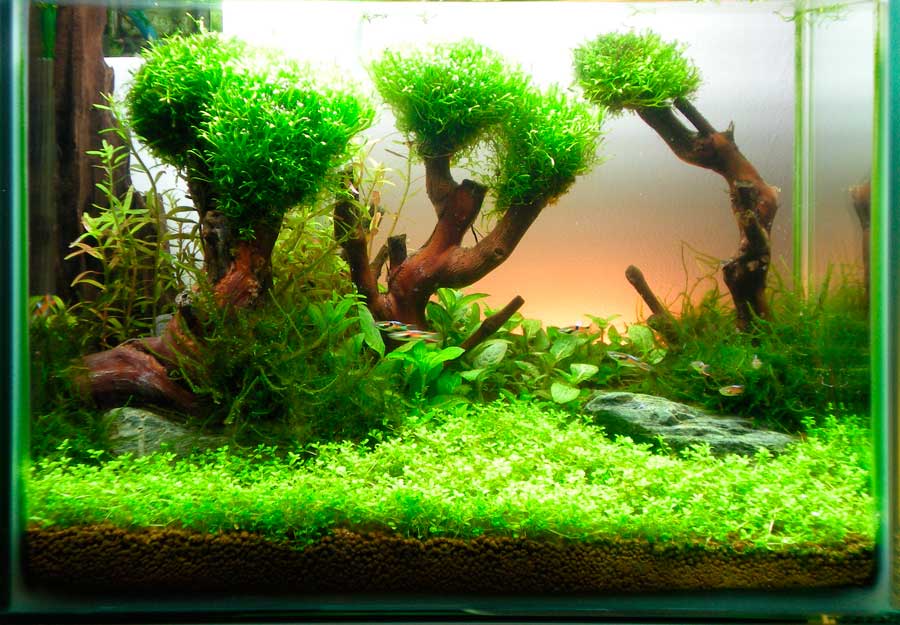
Spreading over the surface, it can serve as a protection from bright light for shade-loving plants. If you do not want it to occupy the entire water surface, it should be placed in some floating contour. The simplest option – a circle rolled up their PVC tube. The ends of the tube need to be inserted into each other without glue or use silicone glue, which is used to glue aquariums together. Other glues can poison your underwater world.
В террариуме
Layer can live not only on the water surface, but also on a strongly moistened soil, which is quite often used in terrariums with turtles, which also like to eat this moss.
Riccia underwater
Riccia in the aquarium, as well as in nature can be contained in the underwater culture. But since the fixation on the substrate it is not than it will have to do it manually. Famous Japanese aquarist designer Takashi Amano proposed to fix it on pieces of volcanic lava with a thin nylon mesh, which after the growth of the plant should be carefully cut. But it can be attached not only to lava but also to any stone. A small bundle can also be attached to a stone with a fishing line or a thin thread.
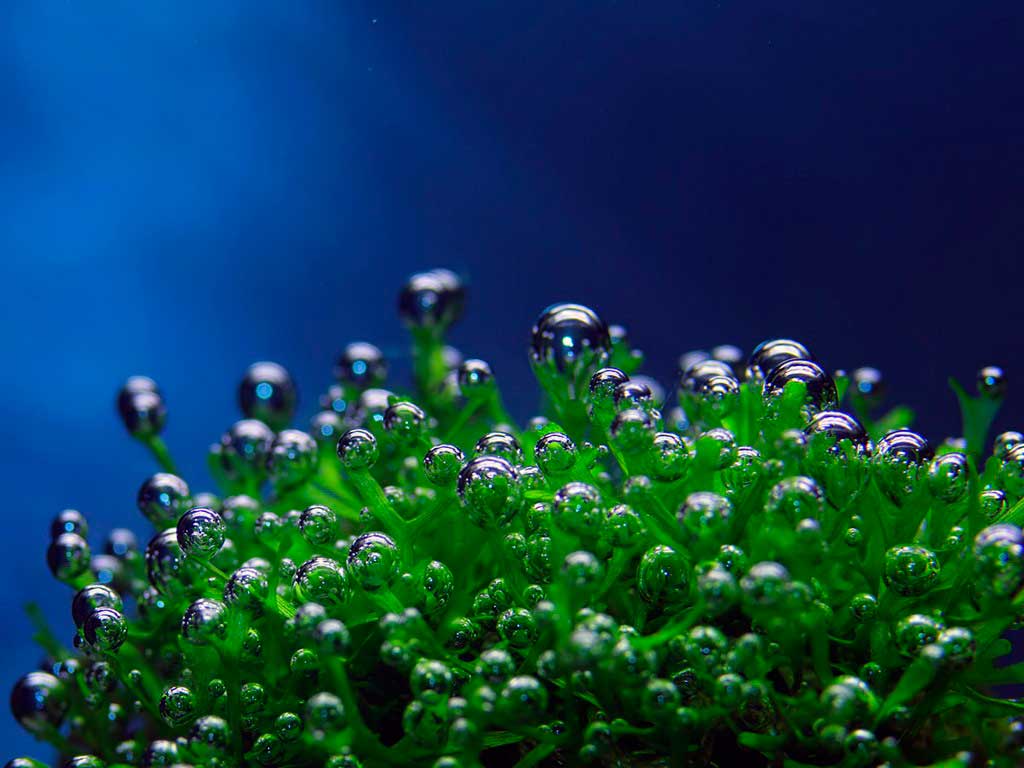
And if the conditions are favorable, the riccia under water will grow so that the thread will not have to be cut. You won’t see it. The stone is not as porous as lava, so it is not worth cutting the fishing line or string from the stone even after the plant has grown.
Riccia underwater are much more capricious than those growing on the surface. In particular, it may require additional fertilizing with mineral fertilizers and CO2 saturation. Nevertheless, if the conditions are right, you will create an underwater landscape that you will never be able to give up.
The effort and time it takes to grow riccia in underwater culture is well worth it. In addition to the decorative effect of a velvet green carpet on the bottom of your aquarium, under favorable conditions, particularly with CO2 feeding, the ends of the plates are covered with thousands of air bubbles that resemble pearls or diamonds. Riccia underwater, thanks to these bubbles, creates a unique effect.
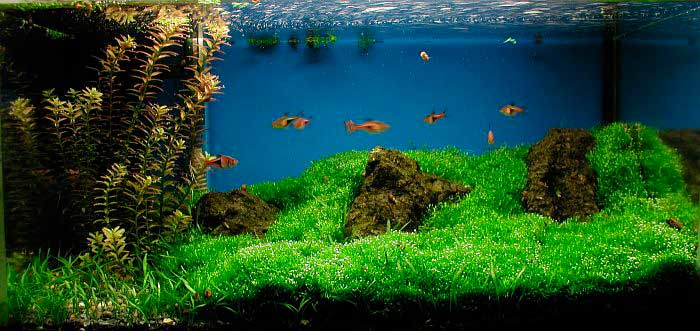
Additional functions in the aquarium
In aquarium farming, the riccia plant has many uses. In addition to the decorative function in various ways of keeping it directly participates in the cycle of substances – mineral, organic, as well as gases. As already mentioned, it can be used to shade shade-loving plants and aquariums with shade-loving fish (eg, barbs).
It can be an additional food source for some animals. Although most fish are indifferent to its flavor, turtles, ampularia and some other mollusks do not mind eating it.
Riccia fluitans is irreplaceable in the breeding of live-bearing fish. It is a reliable shelter for newborn guppies, swordtails, mollinesias.
Siamese fighting fish (cockles) and other labyrinth fish use its green plates to build a nest of air bubbles on the surface of the water.
It is an excellent substrate for fish that spawn near the surface of the water.
If you want to let other plants float on the surface of the water, such as cassava, there will also be no problem. These species will get along very well and will not interfere with each other.
As you can see richchia in the aquarium is very desirable, and helps to solve a number of different problems. From design to the preservation of offspring of viviparous fish and provide a substrate for spawning. Also in its thallus creates good conditions for the reproduction of infusoria, which are ideal starter food for fry of many species of fish.
Photos of design solutions using this plant are impressive and mesmerizing. And seen for yourself aquarium bottom, which is covered with greenery strewn with pearls of air bubbles leaves an indelible trace in the memory. So there are many reasons to get this moss for your aquarium farm. With its help, you will be able to solve many different problems.
